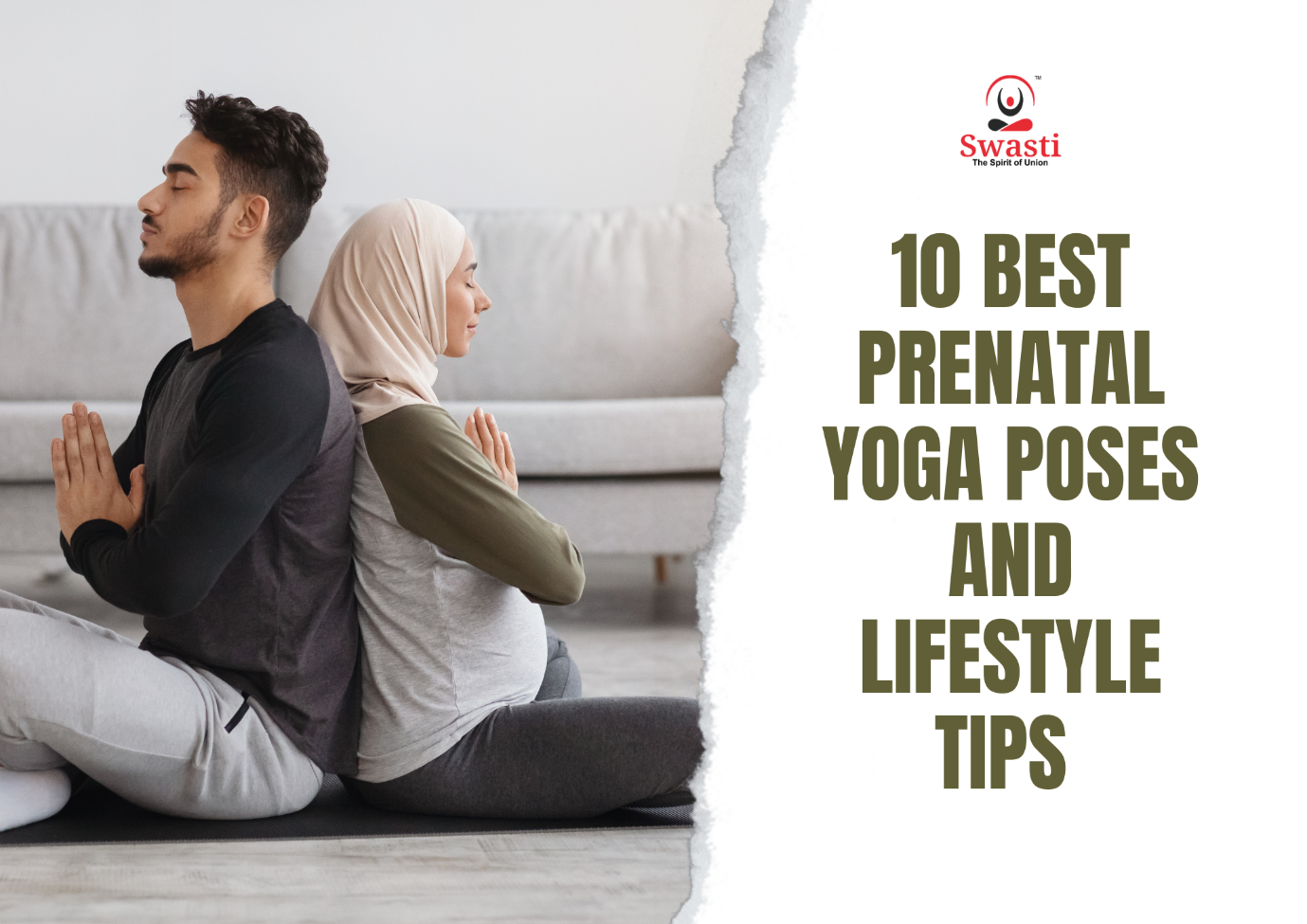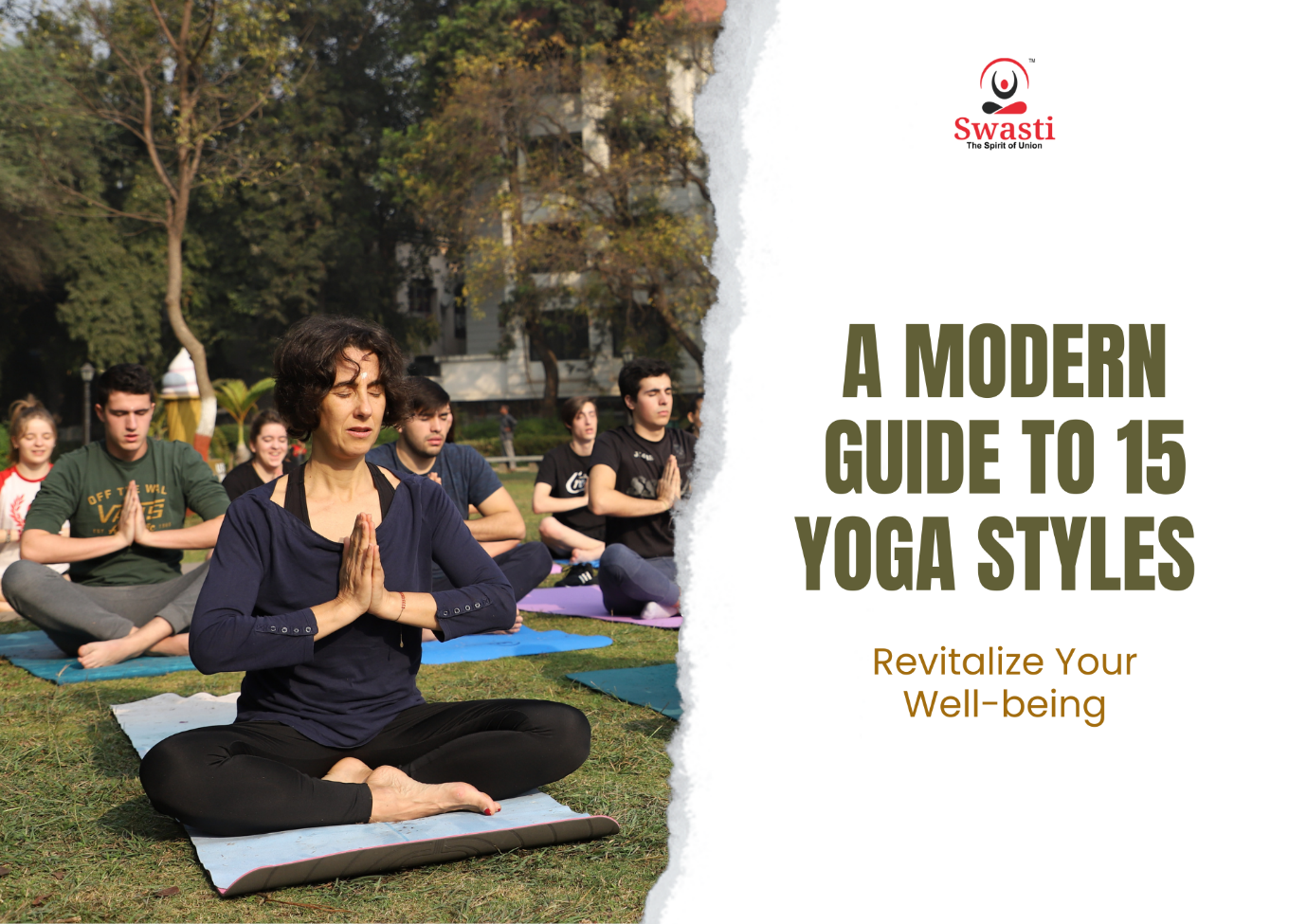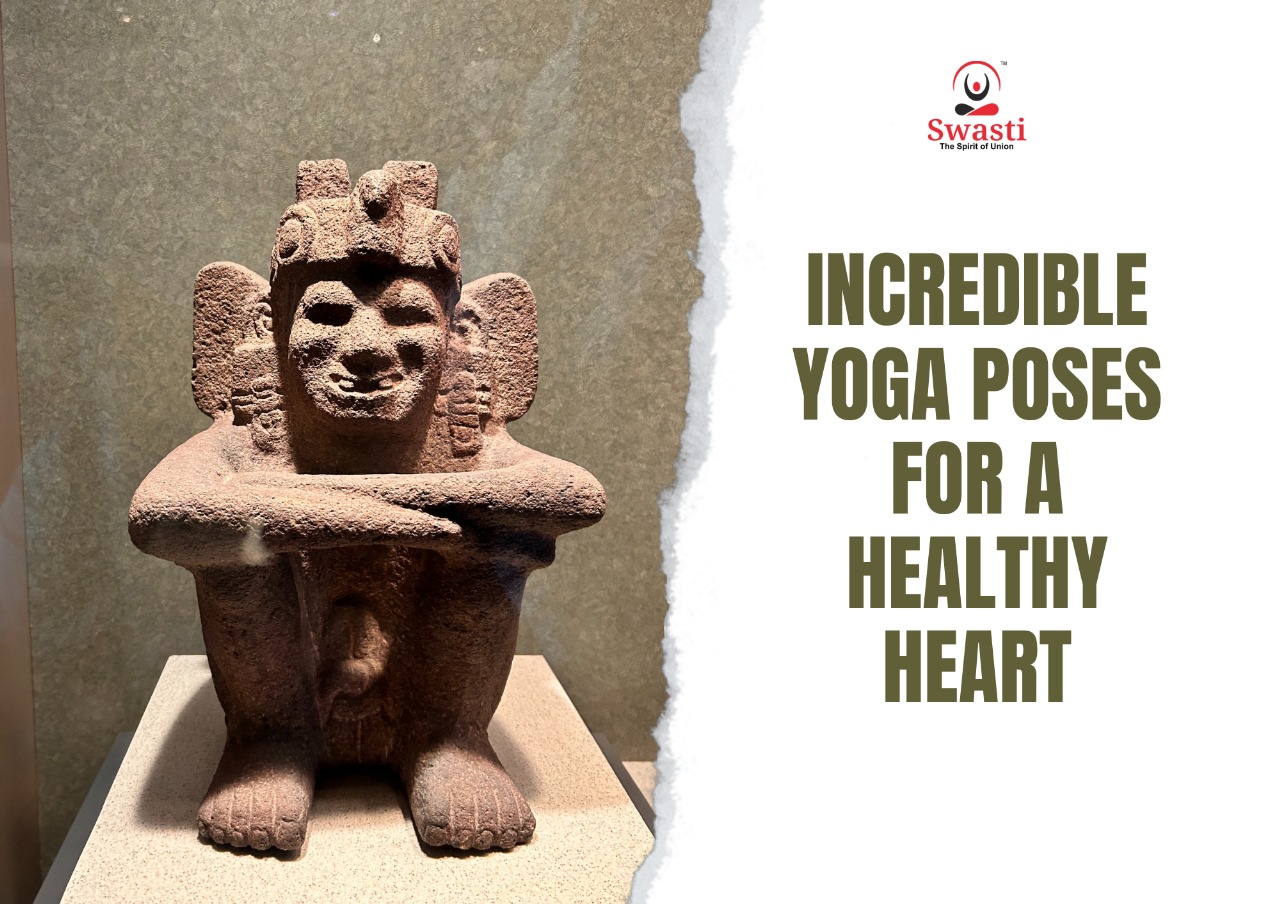
Five Reasons How Anatomy and Physiology Study Help Yoga Instructors?
With the increasing popularity of yoga and the emphasis on holistic well-being, the demand for qualified yoga teachers is on the rise. If you are considering pursuing a career in yoga teaching, it is essential to understand the role, scope, and qualification requirements that will be crucial in shaping your career path. In this article, we will explore the career prospects for yoga teachers in 2024, including the evolving role of a yoga teacher, the diverse scope of the profession, and the necessary qualifications for success. Key Takeaways: The demand for qualified yoga teachers is growing, offering promising career prospects in 2024. As a yoga teacher, your role will go beyond simply guiding students through poses, as you will also be responsible for promoting physical and mental well-being. The scope of being a yoga teacher in 2024 is diverse, with opportunities to teach in various settings, such as studios, gyms, and retreats, as well as through online classes. Education and certification requirements are necessary to establish a successful career in yoga teaching, and various training programs can help you achieve the necessary qualifications. Aspiring yoga teachers can look forward to a fulfilling and rewarding career that promotes wellness and personal growth. Role of a Yoga Teacher in 2024 Yoga has gained immense popularity in recent years, and the role of a yoga teacher has evolved to meet the demands of a growing industry. In 2024, yoga teachers will play a crucial role in promoting physical and mental well-being, helping individuals achieve greater balance and harmony in their lives. The primary role of a yoga teacher will be to motivate students to experience spiritual oneness along with teaching physical yoga postures, known as asanas. They will guide students through proper alignment, breathing techniques, and relaxation methods, ensuring that each student can safely and effectively perform the asanas. In addition to teaching asanas, yoga teachers will also be expected to provide a holistic approach to wellness, mental relaxation, incorporating practices such as meditation, pranayama, and mindfulness. They will serve as mentors and coaches, helping students develop a deeper connection to their bodies and minds and healthy ayurveda lifestyle. The evolving role of yoga teachers As the wellness industry continues to expand, the role of a yoga teacher will become increasingly important. Yoga teachers will be called upon to work in a variety of settings, including studios, gyms, and corporate offices. They may also lead retreats and online classes, reaching a broader audience and expanding their influence in the field. In addition to teaching yoga, many yoga teachers will also take on leadership roles, serving as mentors to other instructors and helping to shape the direction of the industry. They may also develop their own unique teaching styles or approaches, contributing to the diversity and innovation of the field. The importance of a yoga teacher’s role in 2024 Yoga has been proven to have numerous physical and mental health benefits, and the demand for qualified yoga teachers is expected to continue to grow in the years to come. Yoga teachers will play a critical role in helping individuals of all ages improve their overall health and well-being. Furthermore, yoga teachers will have the opportunity to make a positive impact on their communities by helping to promote wellness and mindfulness. They will serve as ambassadors of the practice, sharing its benefits with the world and helping to create a healthier, happier society. Overall, the role of a yoga teacher in 2024 will be an exciting and rewarding career path for those who are passionate about health and wellness. With the potential for personal and professional growth and the opportunity to make a positive impact on the world, the future looks bright for aspiring yoga teachers. Scope of Being a Yoga Teacher in 2024 Yoga is a practice that has been gaining popularity worldwide, and this is expected to continue in 2024. As a result, the scope of being a yoga teacher is expanding beyond traditional studios. One potential avenue for yoga teachers is teaching in gyms or fitness centers. Many gyms now offer yoga classes to their members, making it a great opportunity for yoga teachers to reach a wider audience. Another growing trend in the industry is the emergence of retreat centers. These are specialized locations where individuals can immerse themselves in yoga and meditation practices. Yoga teachers can lead retreats, which can range from weekend getaways to week-long stays, providing a unique and rewarding experience for both the teacher and the participants. With the rise of technology, online yoga classes are also becoming increasingly popular. This opens up a whole new world of possibilities for yoga teachers, as they can potentially reach students from all over the world. Diverse Scope of Being a Yoga Teacher in 2024 The scope of being a yoga teacher in 2024 is not limited to just teaching classes. Yoga teachers can also explore other opportunities such as creating their own yoga products or apparel line, writing books on yoga, or even hosting their own podcast. Furthermore, the demand for private yoga sessions is also on the rise. Some individuals prefer a one-on-one approach to their yoga practice, and as a result, there are opportunities for yoga teachers to provide personalized sessions. The Future of Yoga Teacher Scope The scope of being a yoga teacher in 2024 is diverse, and the industry is expected to continue to grow and evolve. As yoga becomes more mainstream, the opportunities for yoga teachers will also continue to expand. It is important for aspiring yoga teachers to stay open-minded and embrace new opportunities that arise. With a willingness to learn and adapt, the possibilities for a fulfilling and successful career in yoga teaching are endless. Qualification for Yoga Teachers in 2024 Becoming a yoga teacher in 2024 requires a combination of education and certification from a government body like the Ministry of AYUSH. While there are no formal educational requirements for yoga teachers, it is expected to pursue a relevant degree










